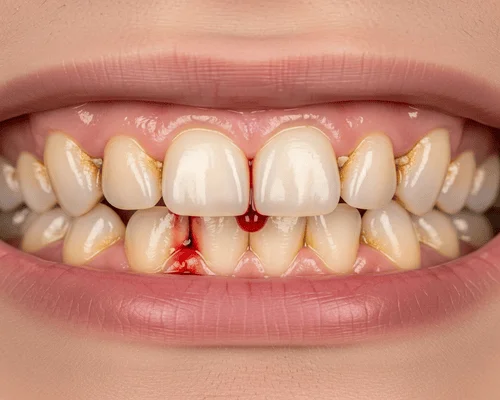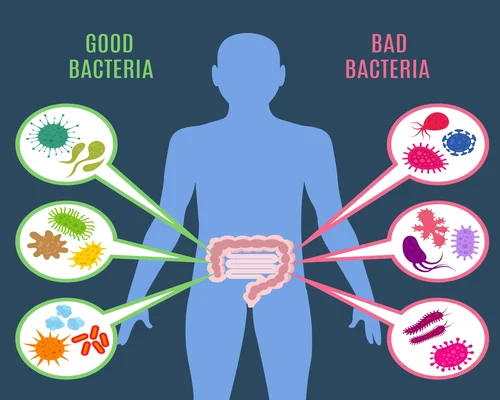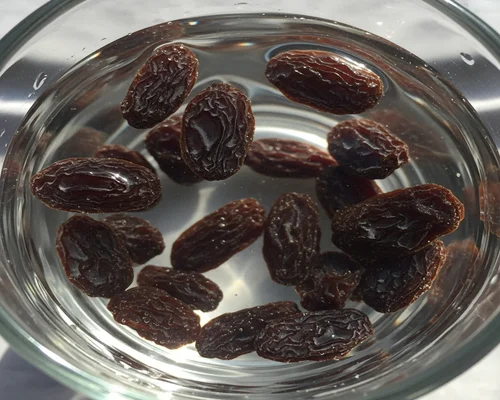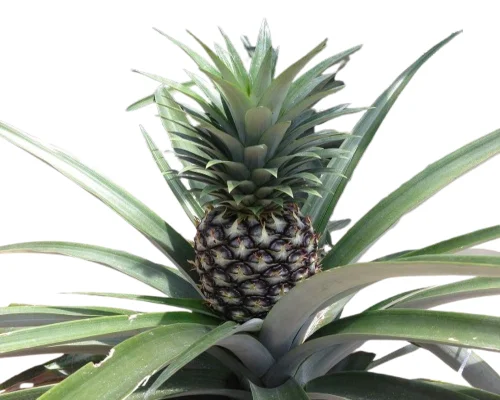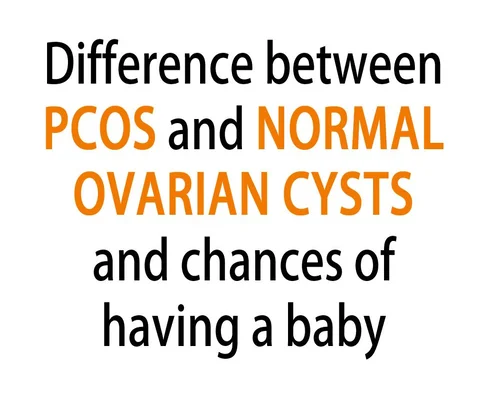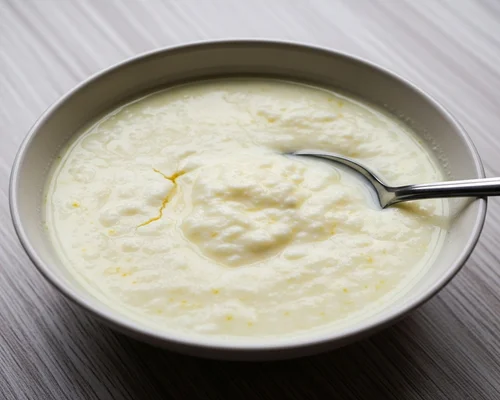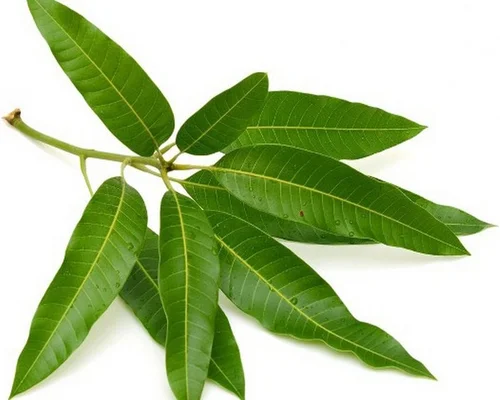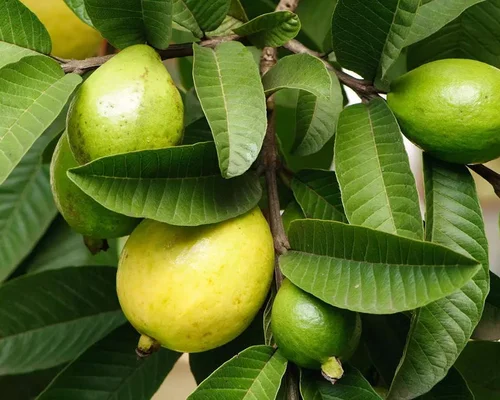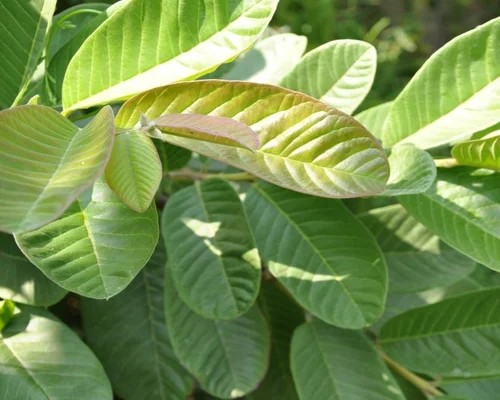
What is Saline? Benefits and side effects of consuming Saline
What is Saline? Benefits and side effects of consuming Saline
Saline is a mixture of sodium chloride and water, which is used in various ways; for example, edible saline replenishes dehydration in diarrhea and heat, and injectable saline is used to treat dehydration, electrolyte imbalances, and dilute medications. If not prepared and consumed properly, edible saline can pose serious health risks, especially in children.
Types and uses of saline
Oral saline (ORS):
Ingredients: A mixture of glucose, sodium chloride, potassium chloride, and sodium citrate.
Uses: It is taken orally to replace water and salt lost from the body due to diarrhea, sweating in extreme heat, or other causes.
Important: This is a very important method for saving lives, but if not prepared properly, it can be a serious health risk.
Injectable saline (Medical Saline):
Ingredients: A mixture of sodium chloride in water.
Uses:
Treatment of dehydration such as diabetic ketoacidosis.
To clean contact lenses and help with dry eyes.
To clean the affected area.
To dilute other intravenous medications.
Cautions
It is essential to prepare and consume saline solution according to the correct rules.
Saline should not be drunk just to quench thirst, as it can disrupt electrolyte balance and cause water retention in some people.
Unnecessary consumption of saline solution can be dangerous for kidney and heart patients.
Benefits of eating saline
The main benefit of eating saline is to fill the dehydration caused by diarrhea or other causes, which fills the lack of salt and water lost from the body. Its disadvantages include that if the correct dosage and rules are not followed or if drunk for no reason, the electrolyte balance is disrupted and water can accumulate in the body or cause harmful effects for kidney and heart patients.
There are basically two types of saline - eating saline or orsaline and normal saline. Orsaline fills the body dehydration, supplies salt and glucose lost due to diarrhea and vomiting, and maintains the body electrolyte balance. On the other hand, normal saline or intravenous saline (saline given intravenously) is used to increase the body fluids and electrolytes in situations such as hypovolemia or severe dehydration, surgery, burns, infections or injuries.
Benefits of eating saline or orsaline:
Benefits
Fills the dehydration:
Replenishes the water lost from the body due to diarrhea, vomiting or excessive heat. Saline helps to replace water and salt lost from the body due to diarrhea, vomiting, overheating or excessive sweating.
Electrolyte Restoration:
It contains a certain amount of glucose, potassium and sodium which helps to maintain the balance of electrolytes in the body.
Life-saving:
It is a very effective method to prevent death from dehydration caused by diseases such as diarrhea and cholera.
Salt and Glucose Supply:
The sodium, potassium and glucose contained in it provide the body with quick energy and provide the necessary electrolytes.
Prevention of life-threatening conditions:
Prevents serious conditions caused by dehydration, especially in children and the elderly, as salt deficiency can disrupt brain and muscle function.
Benefits of Normal Saline (intravenous):
Rapid Dehydration Relief:
In cases of severe dehydration (hypovolemia), it helps to normalize blood circulation by using it quickly.
Metabolic needs:
Meets the body excess metabolic needs in conditions such as surgery, burns, bone fractures, or severe infections and reduces nutrient deficiencies in tissues.
Other medical aids:
It is used in some cases to administer medications or to maintain the balance of important body fluids.
Important points:
Saline is a life-saving ingredient, but it should not be used unnecessarily or excessively without medical advice.
High blood pressure patients can also drink orsaline or coconut water in case of diarrhea or dehydration, because in this condition it is important to meet the body salt needs.
Disadvantages
Risk of excessive consumption:
Consuming saline just to quench thirst or unnecessarily can increase the salt level in the body and disrupt the electrolyte balance.
Water retention:
Some people may accumulate excess water in their bodies, especially those who do not consume it properly.
Risk for kidney and heart patients:
Consuming saline unnecessarily can be harmful for people with kidney or heart disease, because it contains sodium and potassium.
Improper preparation:
Saline can be seriously harmful if prepared incorrectly or in the wrong amount.
Lack of proper instructions:
Food saline is not a common drink, so if you do not have the right idea about when and how to consume it, it can do more harm than good.
Does consuming saline increase gas?
No, consuming saline in general is not supposed to cause gas, rather it fills the body dehydration and salt deficiency. However, if gas increases after drinking saline, then you should understand that there may be another problem, such as not following the correct rules of saline, or any other physical illness.
What can happen if gas increases after drinking saline:
Wrong rules:
If you do not follow the correct rules of drinking saline, gas can occur. For example, drinking saline hot or not mixing it properly.
Other reasons:
If gas increases after drinking saline, it may be due to some other problem in the body or unhealthy eating habits.
What to do:
Doctor advice:
If gas continues to increase after drinking saline, you should definitely seek advice from a doctor.
Correct rules:
Make sure of the correct rules for making food saline (the right amount of water, mixing powder in the right proportion).
Other symptoms:
If any other symptoms (such as vomiting, diarrhea, abdominal pain) are seen, it is important to seek medical attention immediately.
What happens when you take Orsaline?
Orsaline replenishes the salt and water lost from the body, which can occur especially during diarrhea, vomiting, or excessive heat. It provides the body with glucose and electrolytes (sodium and potassium), which protect the body from dehydration and prevent various physical complications, such as low blood pressure and decreased brain function. However, healthy people or those with certain diseases (such as kidney or heart disease) should not take Orsaline unnecessarily, as it can disrupt the electrolyte balance and cause harm.
Functions of Orsaline:
Prevent dehydration:
Orsaline replenishes the water and salt lost from the body due to diarrhea, vomiting, or excessive sweating.
Supply of salt and glucose:
It contains glucose and electrolytes (sodium, potassium), which increase the body fluid absorption and restore electrolytes.
Prevention of complications:
Replenishes dehydration and salt deficiency, which helps maintain brain and muscle function and normal kidney function.
When should you take Orsaline:
If you have diarrhea or excessive vomiting.
If you lose water and salt from your body with sweat due to excessive heat.
When should you not take Orsaline:
If a healthy and normal person drinks Orsaline just to quench their thirst, the electrolyte balance in the body may be disrupted and water may accumulate.
Patients with kidney, heart disease or high blood pressure should not take Orsaline without consulting a doctor, as this can be risky for them.
Important:
The correct rules for making and consuming Orsaline must be followed.
Orsaline should only be taken as per the advice of a registered doctor.
Can Orsaline be taken during pregnancy
Yes, Orsaline or table saline can be taken during pregnancy, but it should generally be taken when you have diarrhea or feel excessively sick. Drinking other drinks such as juice, lacchi, lemon water, and yogurt is also beneficial in normal conditions, but drinking Orsaline is recommended if you are sick or have low blood pressure.
When Orsaline may be needed:
Diarrhea:
During pregnancy, diarrhea causes the body to lose a lot of water and salt, which can be replenished with Orsaline.
Excessive illness or dehydration:
If you feel excessively sick or dehydrated, drinking Orsaline is beneficial.
Other drinks and foods:
In healthy conditions:
You can drink plain water, juice, lacchi, lemon-mixed water, and yogurt in normal conditions.
Vitamins and minerals:
Vitamins and fiber are available from fruits and vegetables, which are helpful in the growth and development of the baby. Bananas, apples, guava, fresh vegetables, and vitamin C-rich fruits are good to eat.
Some important tips:
Personal hygiene:
It is very important to maintain personal hygiene during pregnancy.
Pure food and water:
Avoid dirty street food and open food. Be sure to boil drinking water.
Doctor advice:
Do not take any medicine from the store yourself. If necessary, seek medical advice.
Can Orsaline be taken on an empty stomach
Yes, Orsaline (ORS) can be taken on an empty stomach and it helps to quickly restore water and electrolyte balance. Orsaline is made to work gently on the stomach. However, Orsaline is mainly a treatment to replace the lack of salt and water lost from the body due to diarrhea. Therefore, it is not necessary to take it unless the body is dehydrated or has diarrhea.
Important points:
When to take:
Orsaline helps the body recover quickly if there is dehydration due to diarrhea or any other reason.
How to take:
It should be consumed within 12 hours of making it and discarded after 12 hours.
Hot water:
Orsaline cannot be made with hot water.
Quantity:
A specific amount of Orsaline should be given according to the age of the child.
Professional advice:
Orsaline is a medical treatment, so you should consult a doctor before taking it.
How to make Saline
To make saline, take 1 liter of pure normal temperature water in a clean container. Mix 6 teaspoons of sugar and half a teaspoon of salt in it and stir well until the sugar and salt are completely dissolved in the water. Then drink that saline as per the instructions on the saline pack or as advised by the doctor.
Required ingredients
1 liter of pure water at normal temperature (boiled and cooled)
6 teaspoons of sugar
Half a teaspoon of salt (non-iodized is better)
A clean container and spoon
Method of making saline
1. Clean container:
First, take 1 liter of pure water in a clean container. The water must be boiled and cooled to normal temperature.
2. Mixing sugar and salt:
Add 6 teaspoons of sugar and half a teaspoon of salt to the water in the container.
3. Mix well:
Stir the mixture well with a clean spoon. Make sure that the sugar and salt are completely dissolved in the water and no grains remain.
Important points
Saline cannot be made in hot water or the saline solution cannot be heated.
Prepared saline is good for up to 12 hours, after which it should not be used.
A cup or spoon should be used while feeding saline to children.


-vegetable.webp)
